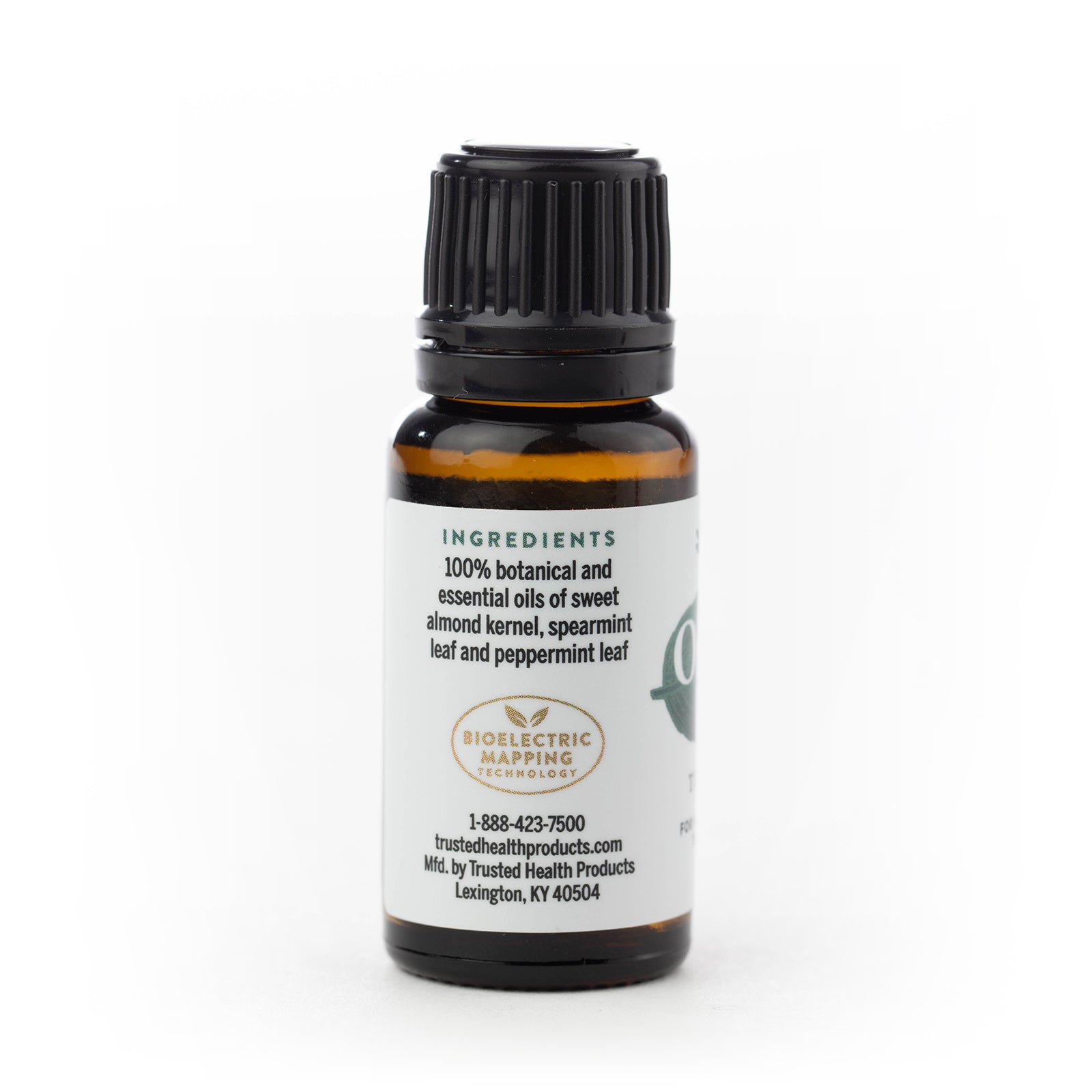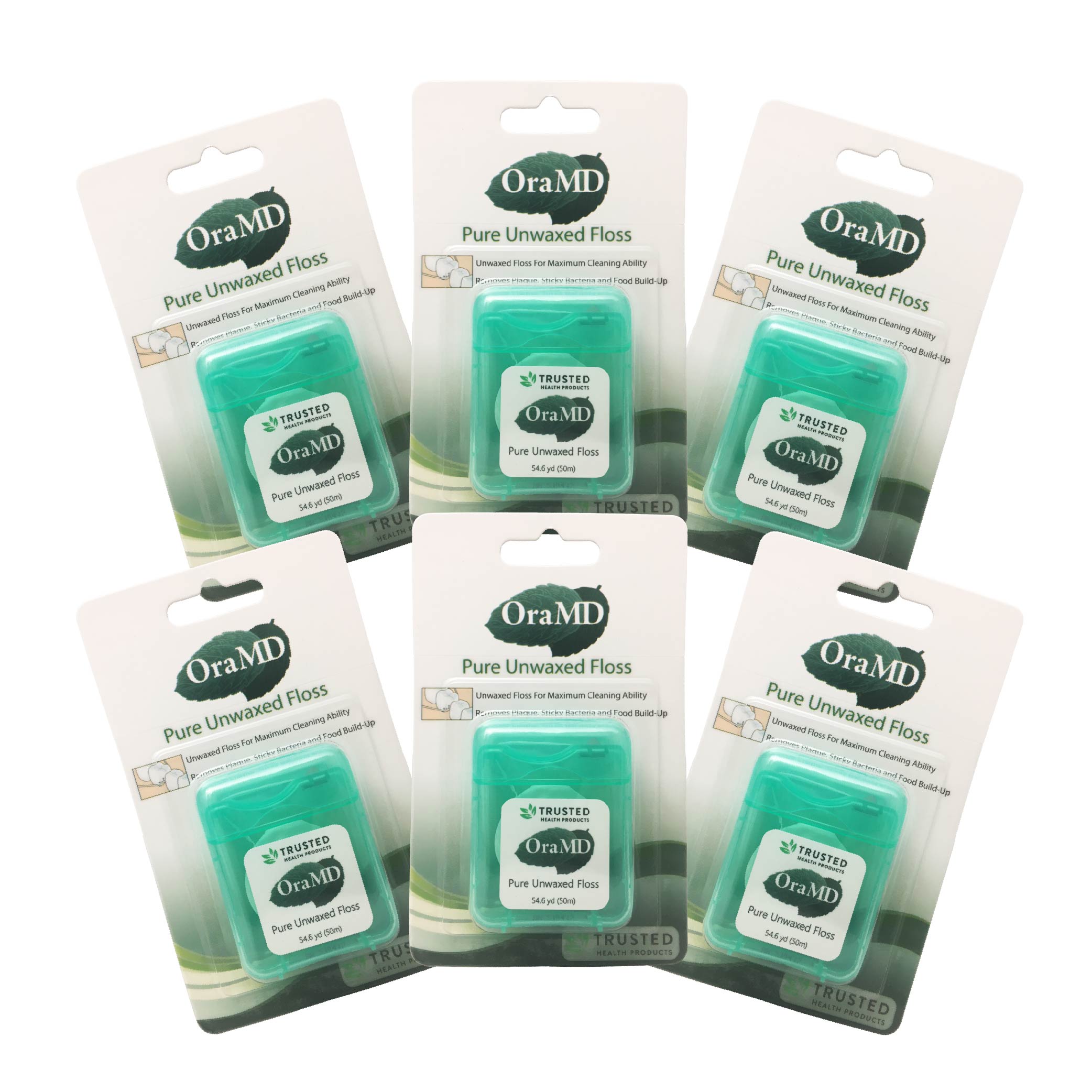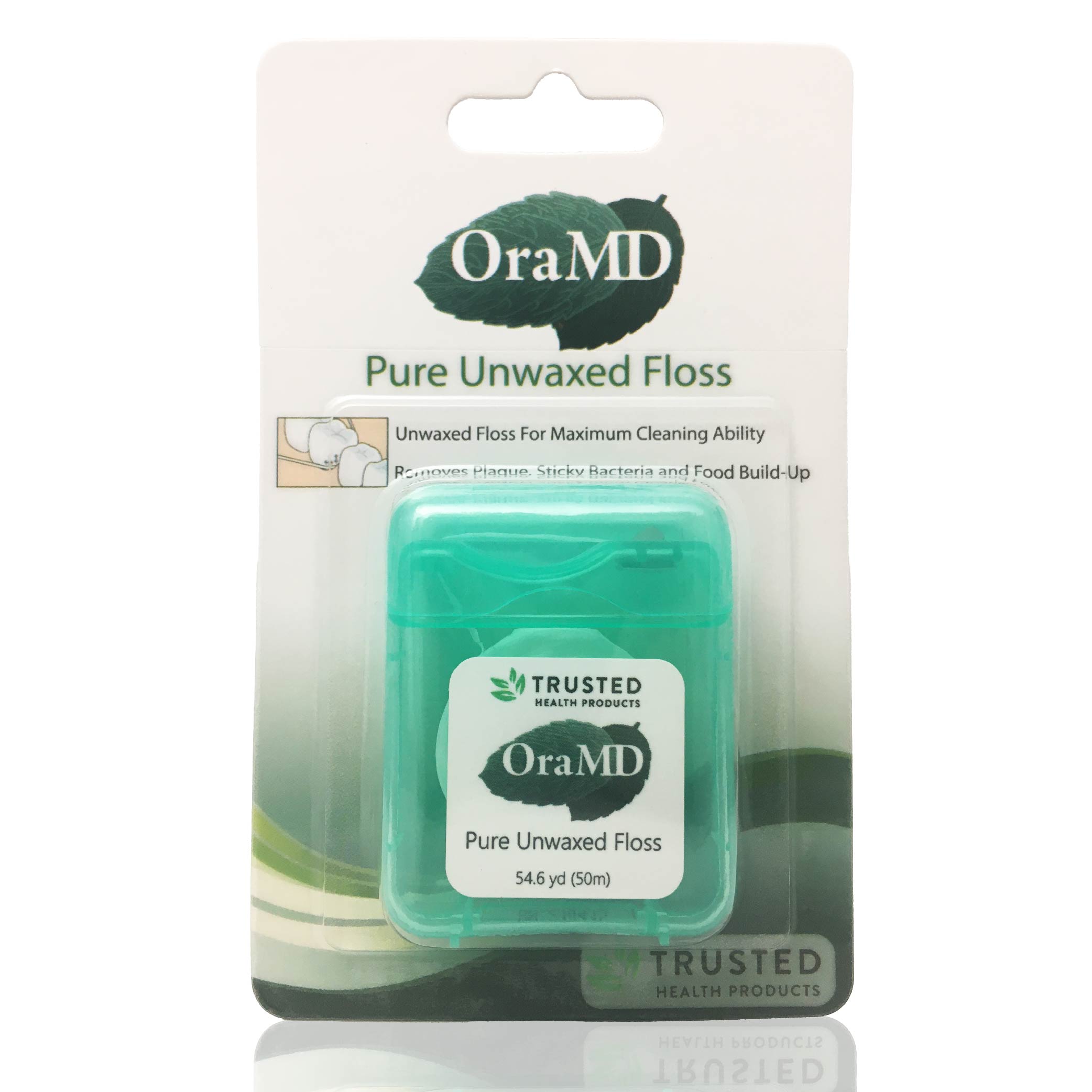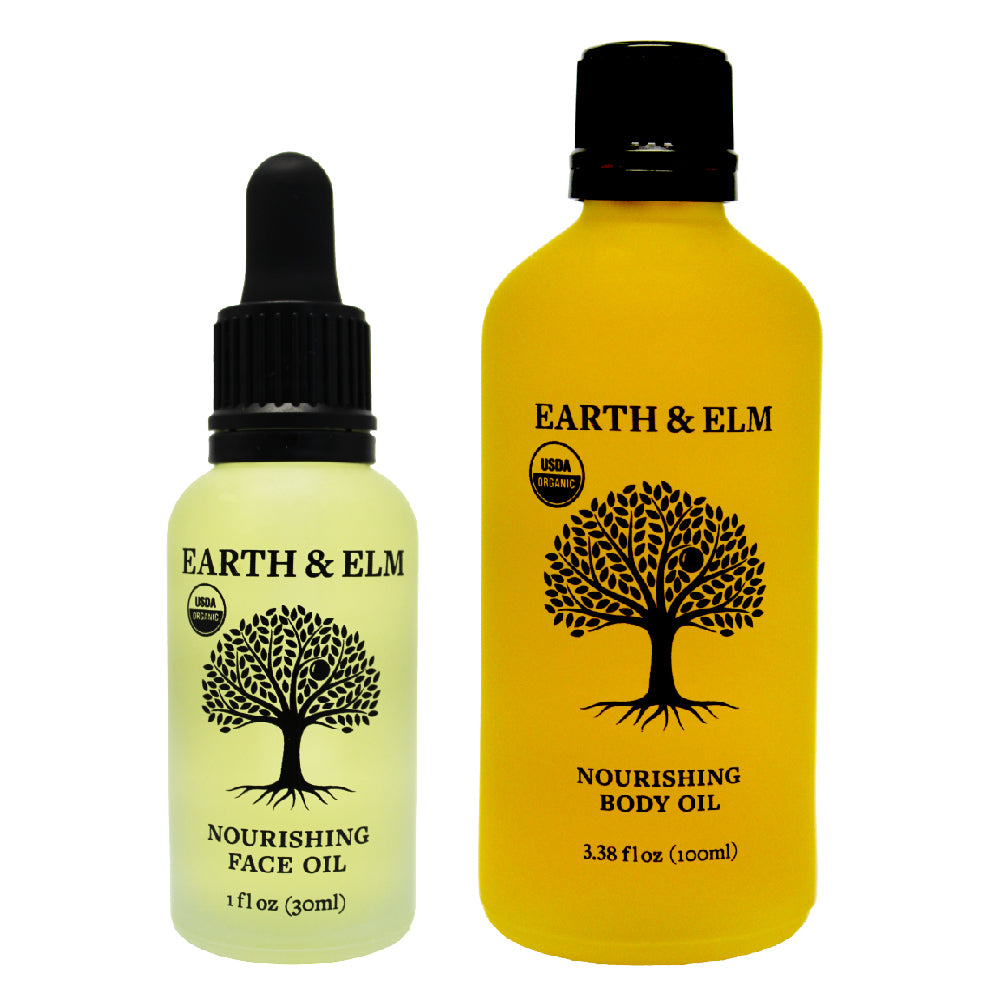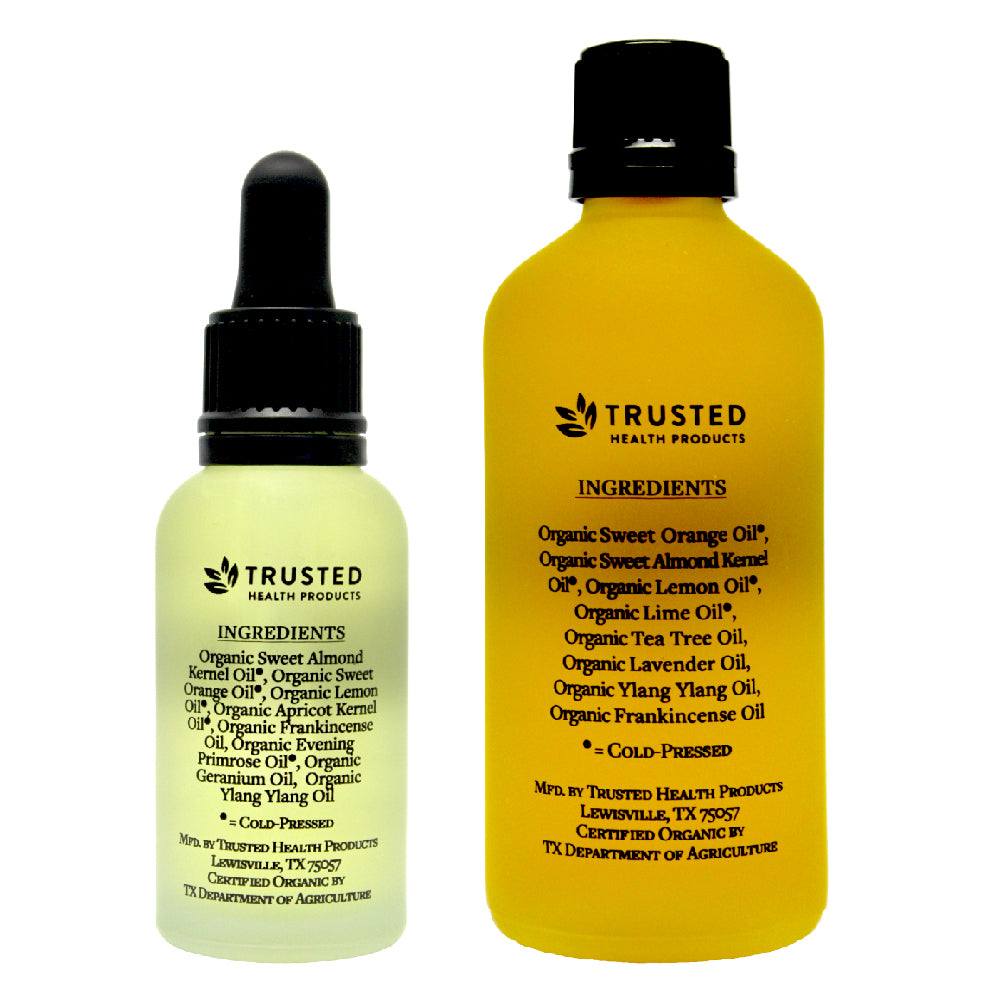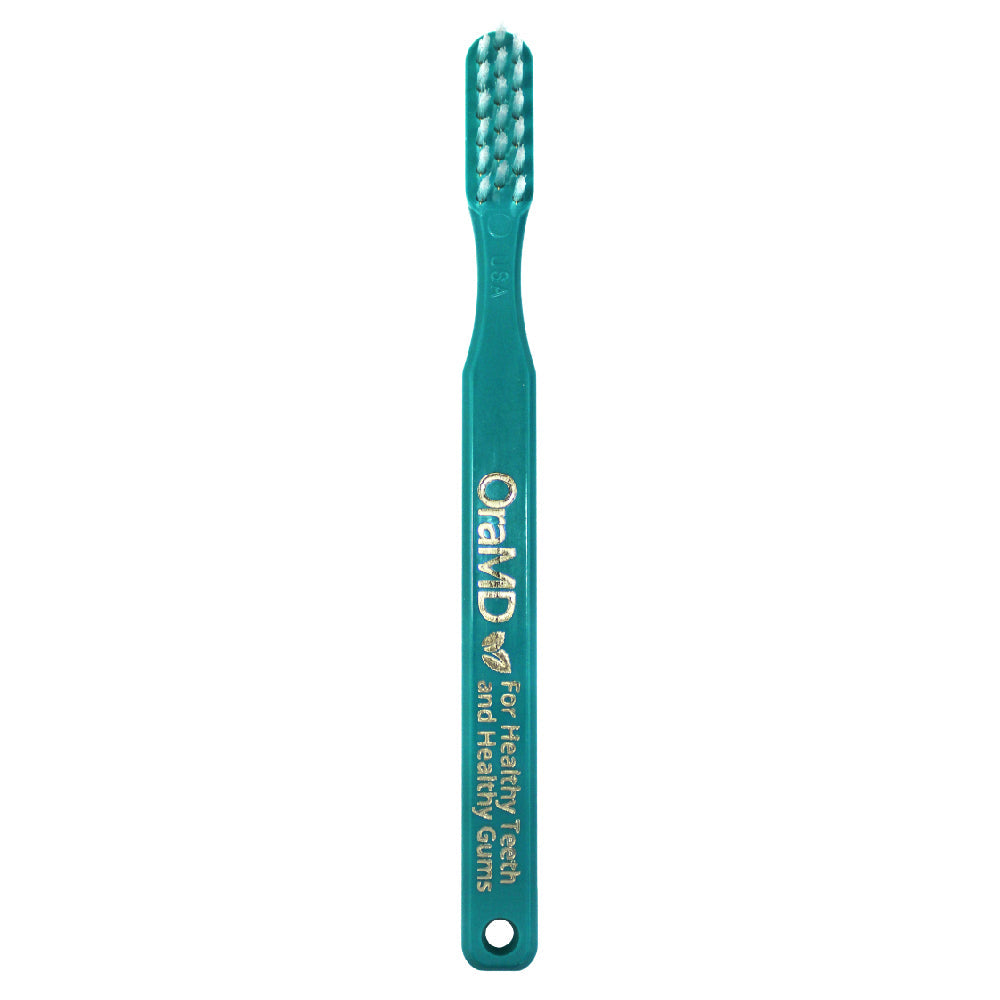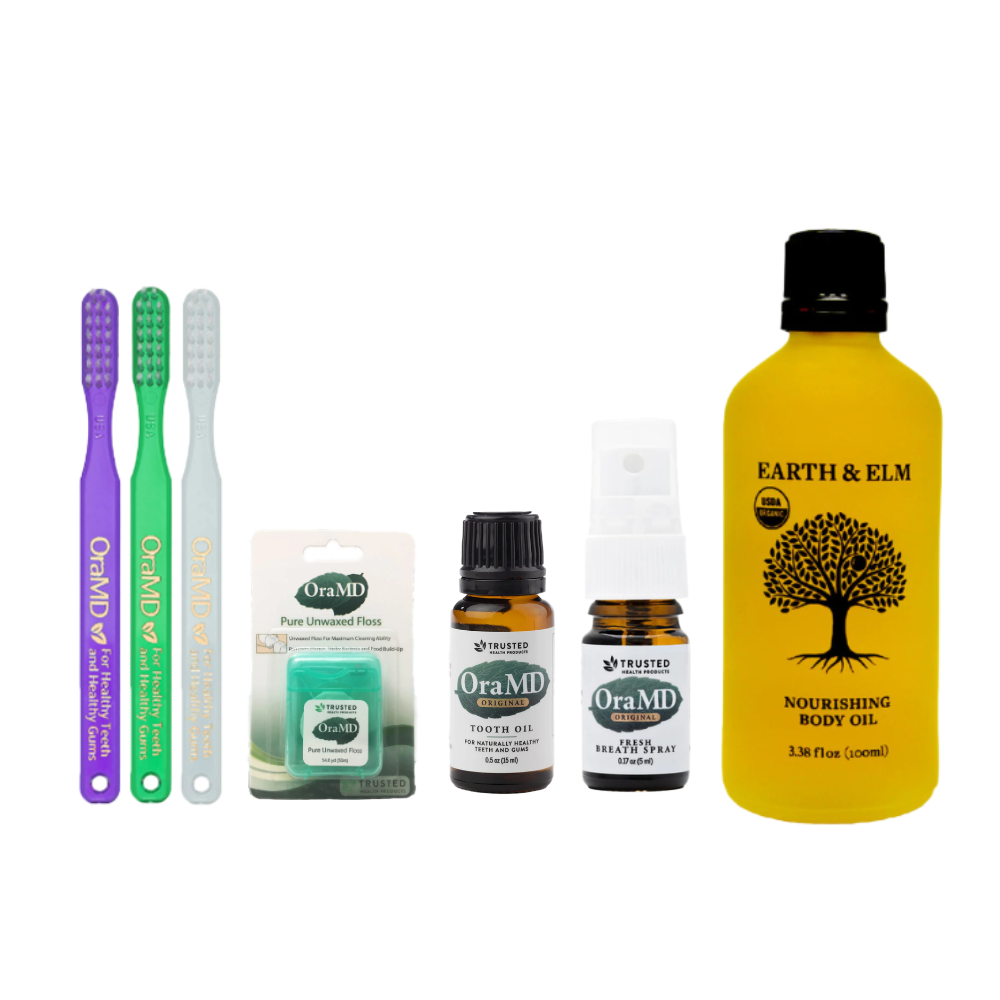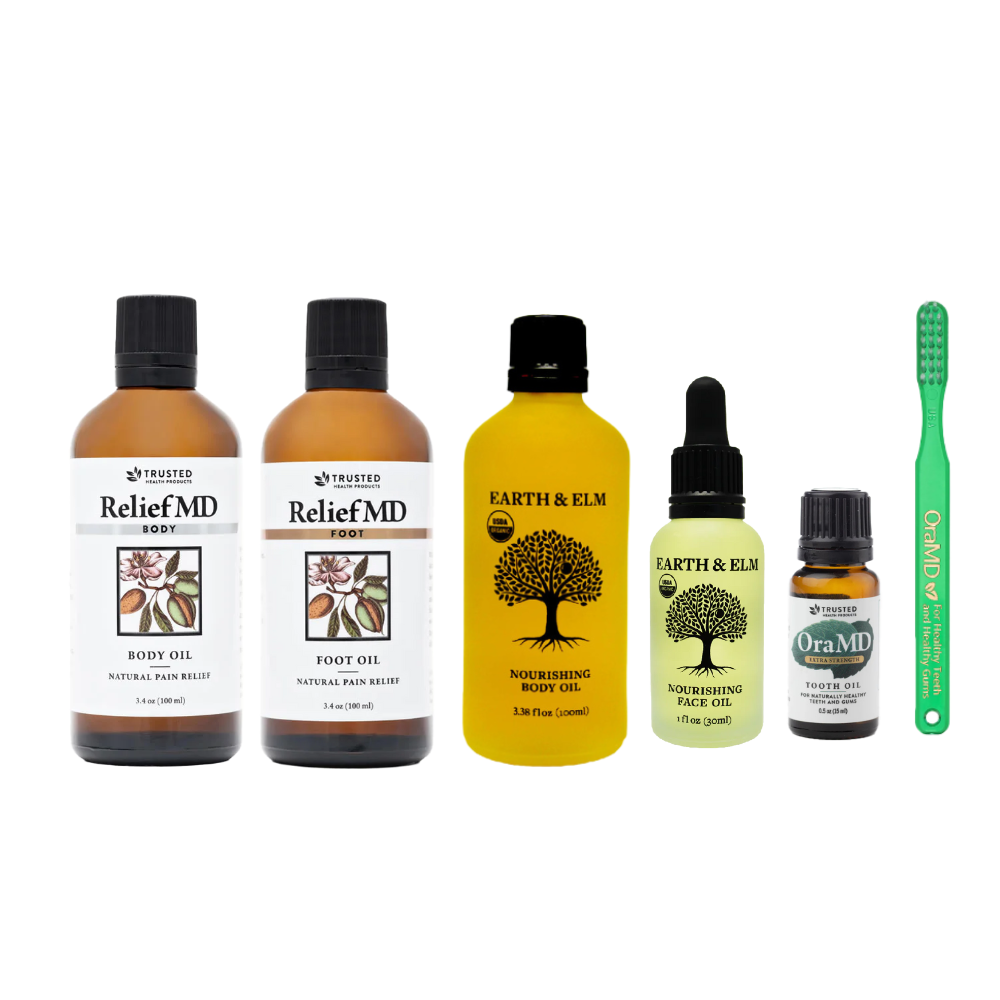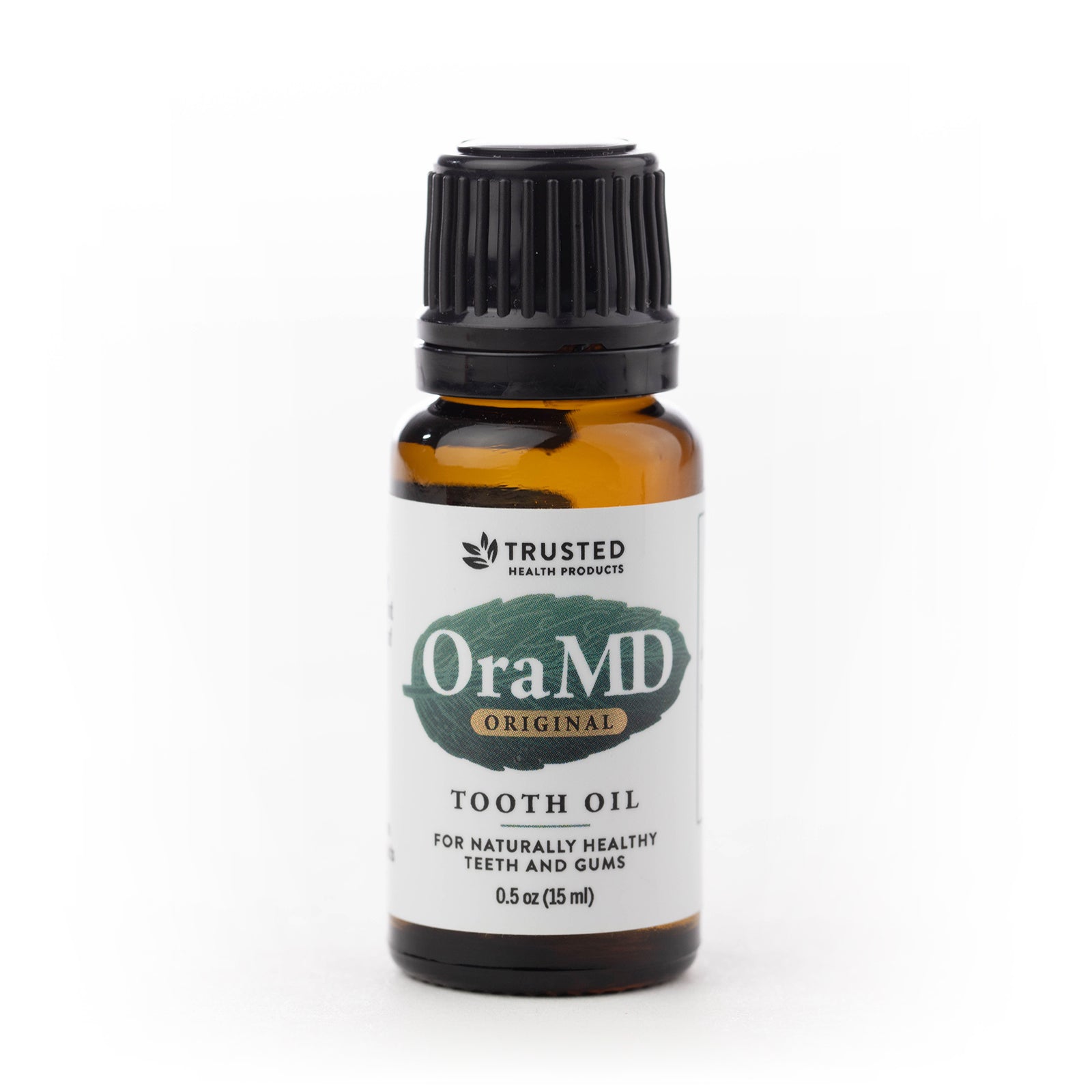5 Exercises To Relax Your Jaw And Alleviate TMJ
October 25, 2018
Author: Kenneth Melicado
Tags:
Your jaw muscles work in unison to assist you in talking, eating or doing any work that involves your mouth. Some people have the habit of mobilizing the jaws subconsciously, like during sleep, when they tend to grind their teeth, without their immediate knowledge. This faulty habit is known as bruxism, and it causes continuous stress to your jaw and also wears away the tooth structure, causing sensitive inner layers to get exposed, which produces several problems of their own.
Some people even unknowingly clench their teeth at moments of tension and pressure which again causes contraction of the jaw muscles. Any pathology associated with the temporomandibular disorder joint or TMJ is also reflected as discomfort and sometimes pain in the muscles of the jaw. The displacement of the articular disc, which is the form of ball and socket joint for TMJ, is the most common issue. Jaw muscle pain is never a pleasant one and causes a throbbing kind of spasm which is present almost throughout the day. Specific exercises can be followed to relax the jaw muscles and alleviate TMJ.
Progressive Relaxation Of The Jaw
This exercise is effective in relieving the over-contraction caused by the jaw muscle. First, clench your teeth as hard as you can and then open them while applying pressure to prevent them from doing so. Relax your jaw and then move it to the right. Relax again and move it to the left. Clench your jaw tightly one more time and relax again after that.
Jaw Stretch
Massage the muscles of mastication - four muscles responsible for adduction or motion of the jaw which primarily form the jaw muscles - using your fingertips in a circular motion. Open your jaw wide, though not to discomfort level, hold it for some time and then relax it. Repeat it around 10 times.
Visualization Exercise
This works your jaw muscles along with the shoulders. Inhale deeply through your nose and exhale forcefully through the mouth. Hold the tongue to the roof of your mouth for some time and then relax it. Clench the jaw and relax. Make your face crooked followed by relaxation. Finally, contract and raise your shoulders up to your ears and hold the position for some time and then relax your shoulders.
Yawn-Sigh
Take a deep yawn as you inhale - which will automatically cause stretching of the muscles of your jaw - and contract your arms and shoulders along with it. Exhale slowly and relax all the muscles while doing so.
Neck Stretches
Problems associated with the jaw muscles can get reflected in neck muscles as well. Therefore, neck stretching exercises are also beneficial. Stretch your neck forward, backward and sideways, holding the pose for 30 seconds at each position and apply pressure from the opposite side while performing this movement. Rotate the neck clockwise and anti-clockwise to complete the set.
The occlusion of the upper and lower teeth also play a role in causing pain to your jaw. Decayed teeth don't come in contact when the jaws are closed, which triggers the jaw to put in extra effort to do so. Therefore, preventing cavities indirectly prevents jaw-related issues. Regular brushing as well as maintaining daily oral hygiene habits can also help. Products derived from activated charcoal are also useful in preventing decay by removing the predisposing factors.
When the jaw muscles are not in complete harmony with one another, it causes not only spasms and pain in the jaw, but in the temporomandibular joint. Therefore, problems with TMJ can cause jaw muscle problems themselves. Here are a few exercises that can be done to relieve TMJ pain.
Relaxation
One of the best methods of preventing pain is by relaxing the jaw and using it minimally.
Side-To-Side Stretching
Moving the jaw from one side to the other, to the maximum comfortable extent, is an effective exercise.
Up-And-Down Stretching
You can perform a similar exercise in a vertical direction by opening and closing the mouth up to the maximum level to stretch the temporomandibular disorder joint.
Resistance Exercises
Instead of just opening and closing the mouth, apply resistance from the opposite side using your hand for more efficient exercise.
Side-To-Side Resistance
Similarly, move your jaw and consequently the temporomandibular disorder joint from one side to the other while applying resistance from the opposite side.
These sets of exercises for your jaw and TMJ pain appear pretty simple, but will be well appreciated once you are relieved of pain.
Looking for a 100% all-natural liquid tooth oil and mouth rinse? Check out OraMD Original Strength and OraMD Extra Strength. Subscribe to our Trusted Health Club newsletter for more information about natural living tips, natural health, oral health and skincare. If you are looking for more health resources check out the Trusted Health Resources list.
Reviewed By:
Founder Ray Spotts has a passion for all things natural and has made a life study of nature as it relates to health and well-being. Ray became a forerunner bringing products to market that are extraordinarily effective and free from potentially harmful chemicals and additives. For this reason Ray formed Trusted Health Products, a company you can trust for clean, effective, and healthy products. Ray is an organic gardener, likes fishing, hiking, and teaching and mentoring people to start new businesses. You can get his book for free, “How To Succeed In Business Based On God’s Word,” at www.rayspotts.com.









